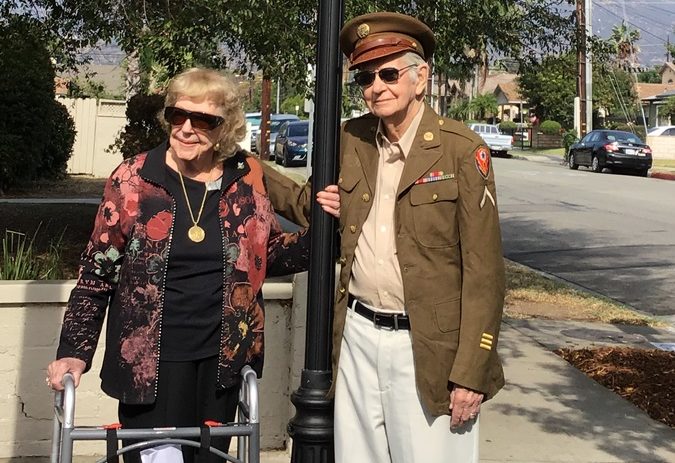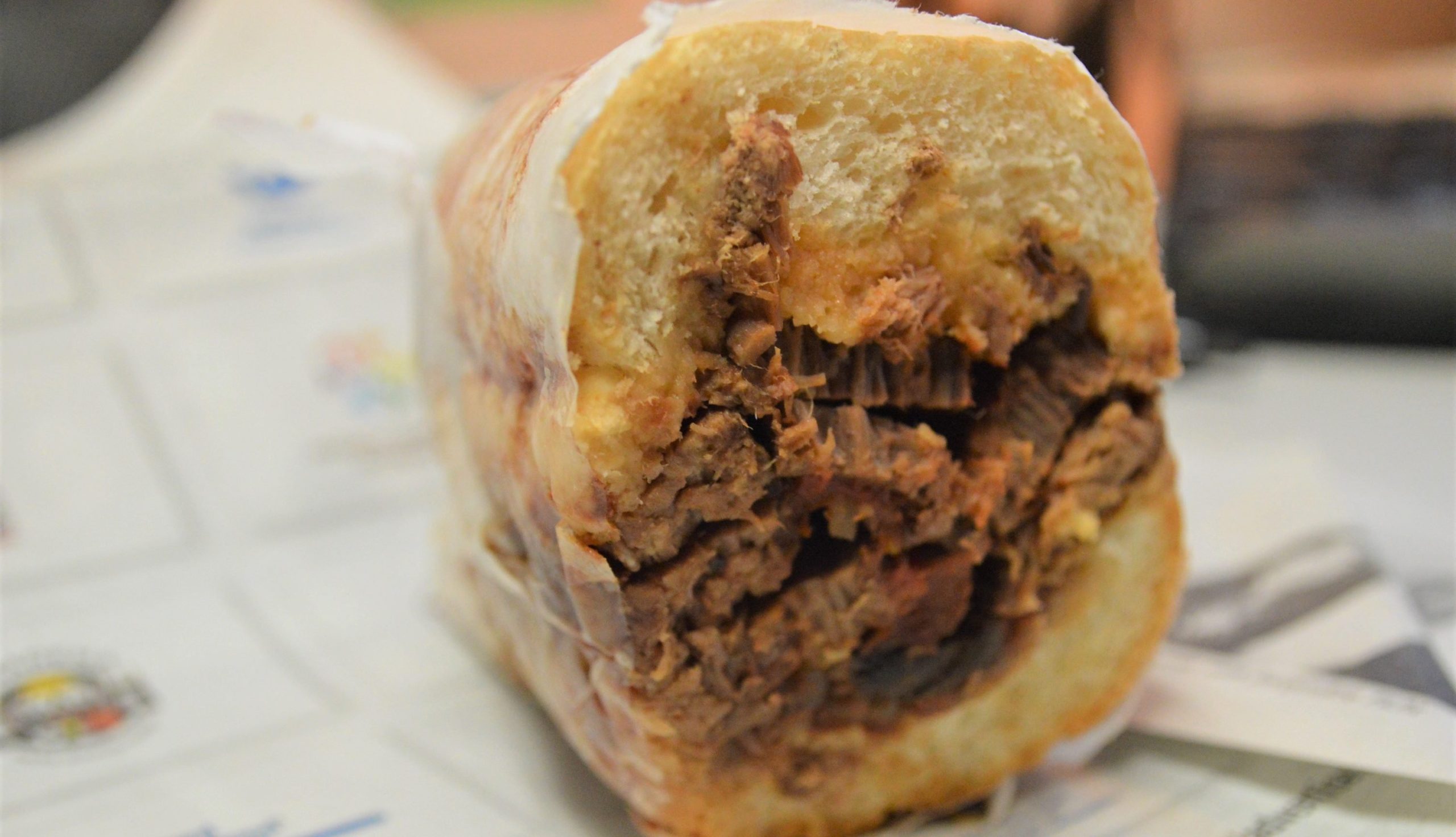
By Susan Motander
The dedication of the Neighborhood Treasure to Bettie Mae Scott, the member of the Women Airforce Service Pilots (WASPs) during WWII, was on Saturday. Scott did not survive the war; she died in Waco, Texas on July 8, 1944 while testing a BT-13 Valiant that had just been repaired.
At the time the women were not considered members of the service, but rather civilian civil servants, and so she was accorded no military honors despite the fact that her work and that of the other 1,073 WASPs saved countless lives by testing aircraft among other things. A total of 138 WASPs lost their lives in services.
These women were not recognized for their service, but Monrovia recognized Scott when her body was shipped home, not by the military, but she was accorded full honors by the City of Monrovia. The day of her funeral businesses in town closed and all the members of the Monrovia Police Department and Fire Department served as her pall bearers and honorary pall bearers escorting her body to its final resting place in Live Oak cemetery.
Fortunately Alyse Rohrer survived the war despite doing the same sort of test Scott was doing, but at another airbase in Texas. She attended the Neighborhood Treasure Tribute to Scott on Saturday when the memorial to her was unveiled. Although she was in the class after Scott’s in training, she never met her, as she was assigned to another base, Perrin Field outside Sherman, Texas.
She said that while she was at Perrin a woman pilot she knew well died in a similar accident to the one that killed Scott. She said that after the death she and her flight partner were in the hanger crying their eyes out when their commanding officer came in “looking like he wanted to cry himself” she said.
He yelled at the two women saying “Ah, cut that out. We are all expendable.” She said the two of them stopped their tears.
She went on to explain that there was a war going on. “We had no choice we had to win.” The alternative she said was an invasion of the east coast by Germany and the west by Japan.
Rohrer also explained the roles the WASPs played during the war. “We had a choice of doing one of four things: “Tow Targeting (dragging banner for trainees to shoot at – they sometime hit the target), being a glorified chauffer for generals, ferrying new aircraft from the manufacturer to their point of debarkation, and engineering test pilots.” It was this last category in which both Rohrer and Scott chose.
The planes they gave the cadets learning to fly were the worst the air corps had: “The oldest most beat up planes,” she said. And, the cadets were not kind to their aircraft. She explained the ways they could rip up the belly of the plane or knock off a wing. The engineers had to repair the aircraft and the WASPs test-flew them before they were returned to the men. The WASPs were indeed “expendable.”
Also on hand was Ed Webster, an Army veteran of WWII, the only other member of the “greatest generation,” as they have come to be called, present. Amazingly he lives just three doors down from where the monument was installed at the corner of Mayflower and Maple avenues.
Also on hand was the artist who created the tribute to Scott, Gary Lett who was a Monrovia resident for many years. Members of the City Council and lots of community members in attendance finished off the afternoon with a fried chicken lunch.






